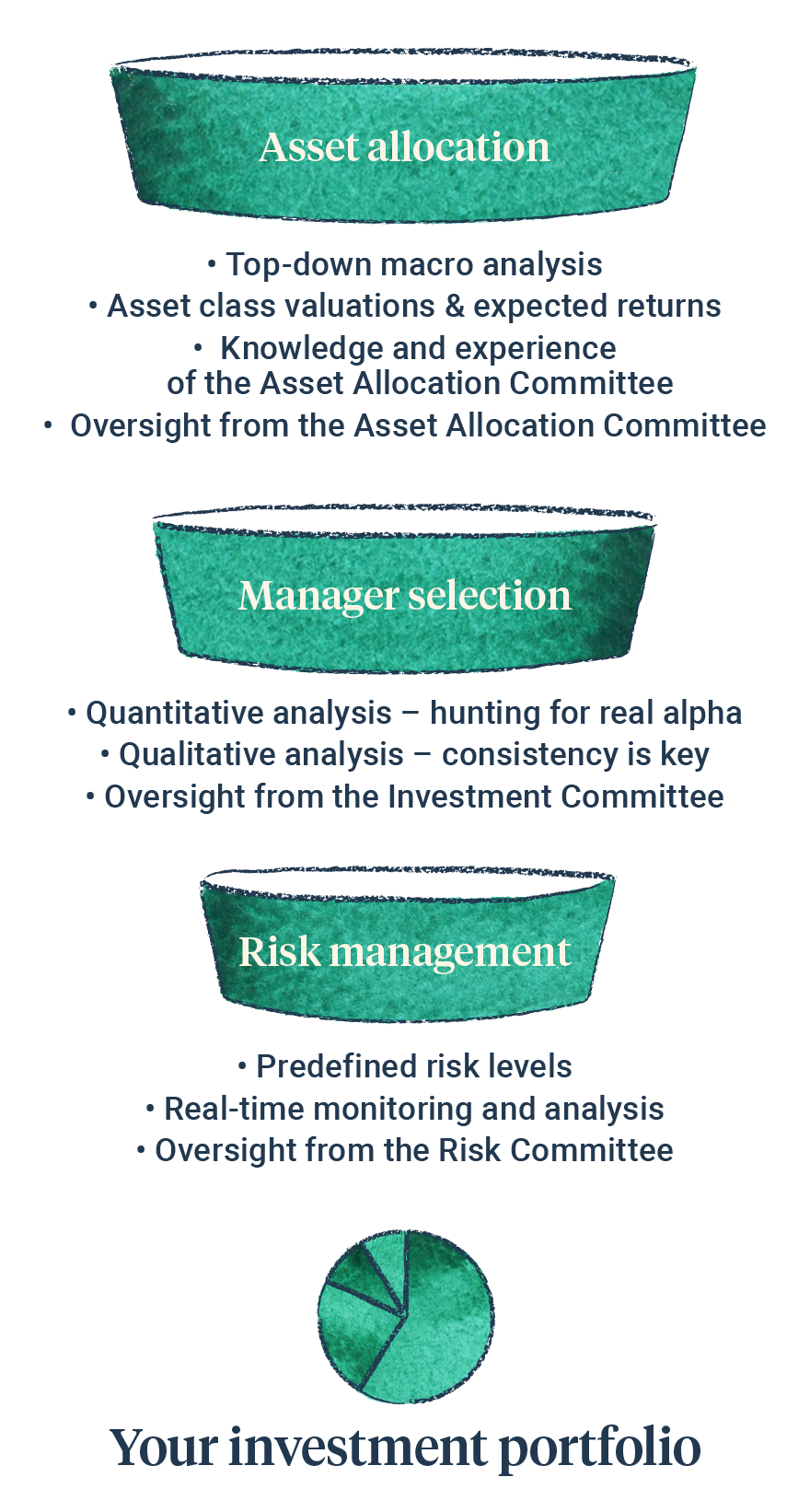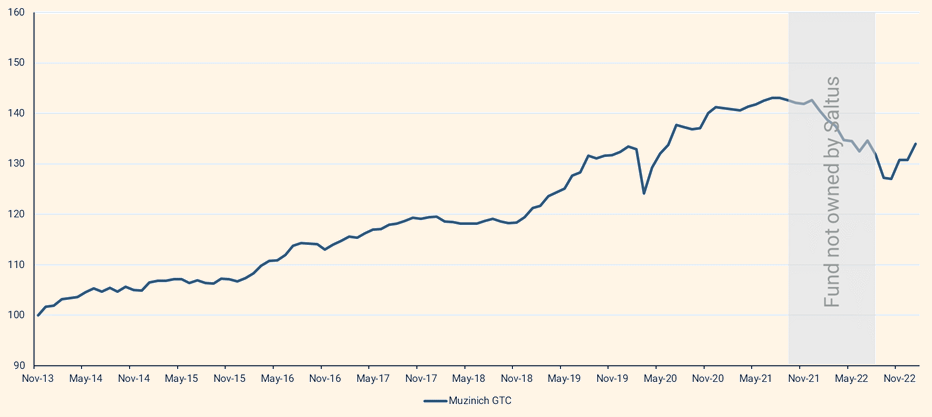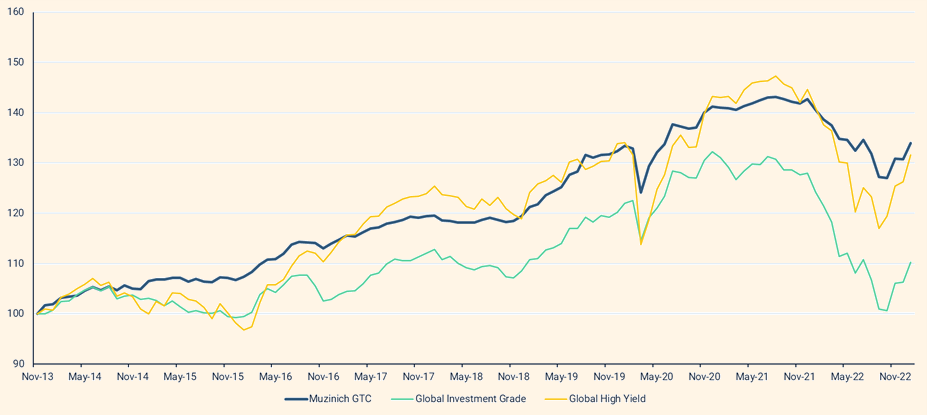Growth (economic)
Recent news has turned more positive. Energy prices have fallen, China has re-opened, inflation looks to have peaked and is falling. Estimates of economic growth have been revised upwards led by China, Emerging Markets and Europe. America’s economy is proving impressively resilient; in January, US retail sales rose the most in two years, with growth in all 13 retail categories, and after a jobs report far surpassing expectations, the unemployment rate hit a 53-year low. However, there is typically a circa 12-month lag between when interest rates rise and the full impact this has on the economy, so for this reason and others, the future path of economic growth remains highly uncertain, with estimates ranging from deep recessions across the globe, to no recessions at all.
Interest rate & liquidity environment
Policy hawkishness is still the main feature influencing markets. The central case amongst equity and bond investors appears to be that inflation has peaked, and that interest rates will fall in the second half of the year. Whilst the Fed continues to reduce liquidity, in the last three months, other central banks have provided significant injections of liquidity, particularly in China and Japan.
Valuations & earnings outlook
Reported corporate earnings have fallen over the last twelve months, but have not collapsed, and forecasted earnings imply a shallow recession. Many asset classes are trading more cheaply than historical averages, particularly in government bonds, small US companies, and non-US equities generally.
Sentiment / flows
Survey data indicates pessimistic but improving sentiment amongst investors, whilst actual investor positioning appears to be more positive than this. Stocks and bonds continue to move in the same direction, presenting an issue for those asset managers who rely on bonds to diversify their exposure to stock markets.









